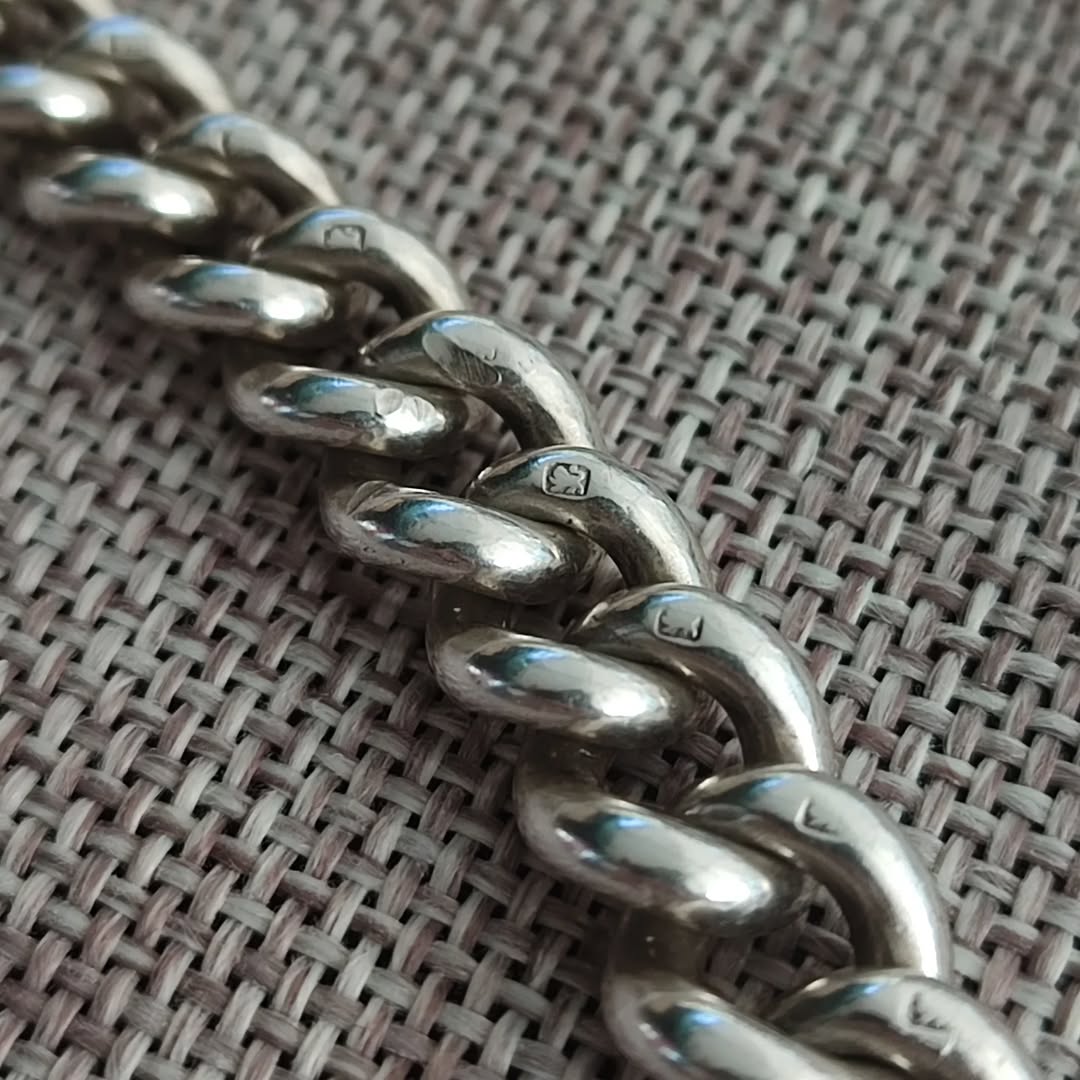Is It Worth Investing in Silver Jewellery?
Silver jewellery offers an affordable and beautiful way to own a piece of a precious metal, but it’s not necessarily the best form of financial investment. While silver’s long-term price performance has been strong and it holds industrial and aesthetic value, jewellery carries design and craftsmanship mark-ups that can limit resale returns. Silver jewellery is best appreciated as a tangible, wearable asset — not purely as a means to grow wealth.
Understanding Silver Jewellery as an Investment
Silver has long been cherished for its luminosity, affordability, and versatility. Historically, it has served as both currency and a store of value, with prices rising roughly 20× since the 1970s. As of 2024, silver trades between £18 and £22 per ounce ($23–$27), reflecting decades of gradual appreciation punctuated by periods of sharp volatility.
Silver jewellery offers a physical connection to that value — a way to enjoy the artistry of fine craftsmanship while holding a small share of a globally traded precious metal. For collectors and wearers alike, silver blends accessibility with authenticity.
However, investing in silver jewellery differs significantly from buying silver bullion or coins. The retail price of jewellery reflects not only the metal itself but also design, brand, and labour costs. This means that resale value rarely equals the purchase price unless the piece is antique, rare, or produced by a highly collectible maker.
Pros and Cons of Investing in Silver Jewellery
Advantages
Affordability: Silver is far more accessible than gold, allowing smaller and more frequent purchases.
Tangible and beautiful: You can wear and enjoy it while holding real intrinsic value.
Industrial demand: Silver’s role in solar panels, electronics, and medical technology supports long-term demand.
Diversification: It offers a physical hedge against inflation and market uncertainty.
Drawbacks
Volatility: Silver prices can fluctuate more dramatically than gold in the short term.
Lower resale value: Design and labour mark-ups reduce returns when reselling.
Maintenance: Silver tarnishes over time and requires occasional polishing to retain its shine.
Storage and security: While less valuable per gram, silver still requires safekeeping if held in larger quantities.
Because of these factors, silver jewellery is better seen as an aesthetic and sentimental asset — one that may hold or slowly gain value, but rarely offers consistent financial returns.
Silver Jewellery vs Other Investment Options
Compared to bullion, silver jewellery allows for personal enjoyment and daily use, offering emotional value that pure financial assets cannot. However, it lacks the liquidity and transparent pricing of coins or bars.
Against other investments such as stocks or property, silver jewellery’s performance depends largely on silver’s spot price and consumer trends in craftsmanship and design. It does not generate income, but it may offer stability during inflationary periods or as part of a diversified personal portfolio that balances beauty and practicality.

Practical Considerations When Buying Silver Jewellery
1. Focus on purity and hallmarking
Look for sterling silver (92.5% pure) with proper hallmarks. High-purity pieces retain more intrinsic value and ensure authenticity.
2. Understand pricing and mark-up
The retail cost of silver jewellery often includes substantial artistic and brand premiums. When silver prices rise, these premiums limit potential resale gains, as most buyers only pay for the metal’s value — not the craftsmanship.
3. Prioritise timeless design
If you view silver jewellery as a potential long-term store of value, opt for classic, enduring designs rather than highly trend-driven pieces. Simple, well-crafted items are more likely to retain appeal over decades.
4. Consider sustainable sourcing
Recycled or ethically sourced silver jewellery supports environmental responsibility — a meaningful form of “investment” in a sustainable future.
5. Adopt a long-term perspective
Silver is typically more volatile than gold in the short term. A gradual, consistent approach to collecting or wearing silver jewellery can make it a rewarding, tangible part of your personal wealth over time.
So, Is It Worth Investing in Silver Jewellery?
In a balanced view, silver jewellery is not the most reliable financial investment, even though silver itself has shown strong historical performance. The mark-ups on design and labour mean resale values rarely match the original purchase price.
However, silver jewellery remains a valuable, tangible, and meaningful asset — especially for those who appreciate craftsmanship, sustainability, and the beauty of natural materials. It offers a way to participate in the silver market while owning something wearable, personal, and enduring.
References:
Silver Institute, World Silver Survey 2023
LBMA, Historical Silver Data 1970–2024
World Bank, Commodity Markets Outlook 2024


